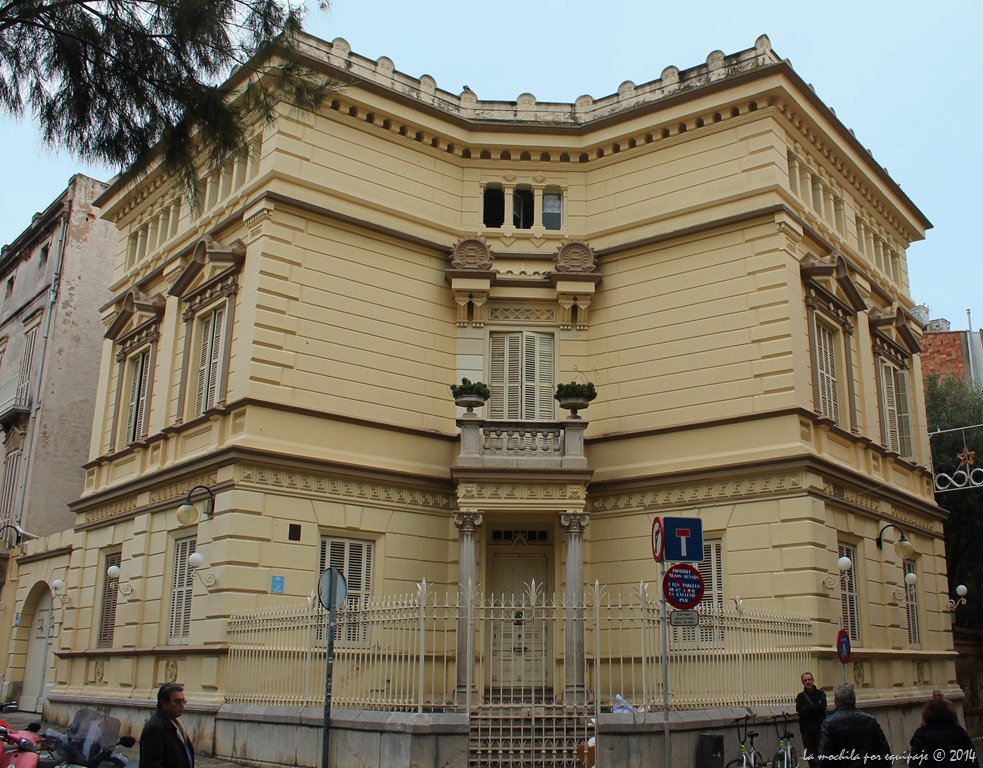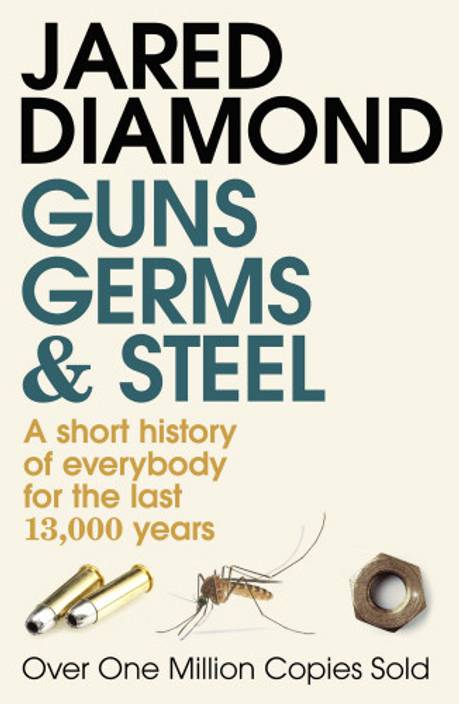At which point, I know, some of you are going to ask, “Why
are you trying to transfer music anyway?
Haven’t you heard of things like Spotify?” Well, I have.
But I feel that there is something deeply unsatisfying about instant
access to infinite music without some sort of effort.
This explains my love/hate relationship with the
Internet. There is nothing more
satisfying that having an informational itch that can be satisfied by a few key
clicks.
I always forget the word for the technique of putting
opposites together like “hot ice” in Romeo and Juliet, but I know that I can
find it out by going on to Google. Which
I just did. I first searched with
“technical term for hot ice” and found a whole series of scientific, chemical
references which, if I had not been writing this, I might have been tempted to
delve into and spent god knows how much time getting further and further away
from the original investigation!
However, I added “Romeo and Juliet” to the search terms and got to a whole range of references. Glancing through them I soon found the word “oxymoron” and didn’t even have to click on anything further to find it!
However, I added “Romeo and Juliet” to the search terms and got to a whole range of references. Glancing through them I soon found the word “oxymoron” and didn’t even have to click on anything further to find it!
I had the whip of writing this to keep me on task, but the
number of times that I have started off looking for something like, “When was
Cervantes first translated into English?” and found myself, half an hour later
looking at the latest finds from the ancient Antikythera wreck, and looking at the
amazing “Mechanism” that was found that might well be the oldest computer in
the . . . You see what I mean!
Fascinating stuff, but not what I was looking for. [Though, if you haven’t heard of the wreck,
you really should read about it. The
quality of stuff that has come from this sunken ship already is amazing, and
the finds that might come to the surface next year promise wonders! You can find more information here: https://en.wikipedia.org/wiki/Antikythera_wreck
Well worth reading.]
But to be realistic, you don't always diverge from your appointed task and find yourself reading about something as culturally uplifting as an old Greek wreck! No, most of the time you discover that, for the last twenty minutes you have been going through a horror show of pictures that show "25 child stars who have not aged well" or "50 famous people you did not realize have died this year" or something similar and generally unedifying - but compulsive!
But to be realistic, you don't always diverge from your appointed task and find yourself reading about something as culturally uplifting as an old Greek wreck! No, most of the time you discover that, for the last twenty minutes you have been going through a horror show of pictures that show "25 child stars who have not aged well" or "50 famous people you did not realize have died this year" or something similar and generally unedifying - but compulsive!
So, the excitement of the chase for knowledge has been made
much easier. The laborious use of the
index in various encyclopedias and the frustrating page turning has gone. But I seem to recall that my page searching
days were just as frustrating, as my eye would inevitably fall on a tempting
title and be drawn into seductive byways having nothing to do with the original search.
But the speed with which you can get through the ‘little’
things; correct the lapses of memory; check an irritating, questionable
reference – for these the Internet is wonderful.
When I think of the amount of time that I have spent during my life in
long, exhausting searches that could easily have been completed in a few
seconds had I been able to move forward into the future and use the Internet I could weep!
But you can often only get so far putting your trust in the
Internet.
I have found that using the Internet in traditional specific research, certainly in the arts, encourages you by gains in the early stages. You get the sense that you are making real progress and then something, sometimes something that you consider to be a minor obstacle, becomes immovable and whatever you do, the Internet does not seem to have the answers and you have to return to more traditional methods to get where you want to go.
I have found that using the Internet in traditional specific research, certainly in the arts, encourages you by gains in the early stages. You get the sense that you are making real progress and then something, sometimes something that you consider to be a minor obstacle, becomes immovable and whatever you do, the Internet does not seem to have the answers and you have to return to more traditional methods to get where you want to go.
As someone who is now outside the traditional university
system, I do miss access to a decent University library and the library
services that it provides. Sometimes a
thoughtful librarian can save you days of work!
In my case, a couple of years ago, I was looking for an article in an Arts magazine published in the 1970s. The Open University, with which I was then studying, had electronic copies of the magazine but not including the 1970s. The ‘Night Librarian’ of the OU – a service of international librarians accessed via the OU website – found copies of the magazine for me in Milan and somewhere in Germany, but not in Barcelona.
In my case, a couple of years ago, I was looking for an article in an Arts magazine published in the 1970s. The Open University, with which I was then studying, had electronic copies of the magazine but not including the 1970s. The ‘Night Librarian’ of the OU – a service of international librarians accessed via the OU website – found copies of the magazine for me in Milan and somewhere in Germany, but not in Barcelona.
I sulked.
I knew that I could go to the British Library, but that was a flight away from where I was.
I sulked.
It was only when I enquired about a book in the art gallery shop on Montjuic and the shop assistant casually asked if I had tried the library on the first floor that things became to happen for me.
The library, whose existence I had not guessed at, was a positive treasure trove. My magazine was there, and was photocopied for me; other books that I had hoped to read but had given up finding were there; suddenly, everything seemed possible!
I knew that I could go to the British Library, but that was a flight away from where I was.
I sulked.
It was only when I enquired about a book in the art gallery shop on Montjuic and the shop assistant casually asked if I had tried the library on the first floor that things became to happen for me.
The library, whose existence I had not guessed at, was a positive treasure trove. My magazine was there, and was photocopied for me; other books that I had hoped to read but had given up finding were there; suddenly, everything seemed possible!
Perhaps the mistake is mine.
I am in a foreign country and I have not exhausted the availability of
institutions that might be of help to me.
But, sometimes you just have to admit that you have failed.
One piece of work that I was doing concerned the artists
Álvaro Guevara and David Hockney.
 I was
comparing Hockney’s A Bigger Splash
with swimming paintings by Guevara. I
had seen one of Guevara’s paintings in an art book I owned, and I was able to
find a colour reproduction on line from an auction catalogue, but I did not
know where the original was.
I was
comparing Hockney’s A Bigger Splash
with swimming paintings by Guevara. I
had seen one of Guevara’s paintings in an art book I owned, and I was able to
find a colour reproduction on line from an auction catalogue, but I did not
know where the original was.
After much searching on line, I did see what I thought was the painting in a lifestyle magazine and I was eventually able to contact the owner who very kindly allowed me access to the paintings that he owned and I was able to complete my work. You can see the finished essay here:
http://independent.academia.edu/StephenRees
But one painting by Guevara (with a tempting title that paralled Hockney’s) I was never able to find. I knew that it existed and had been exhibited, but beyond that, nothing. I wrote, I telephoned, I searched, but I could find out nothing about the present whereabouts of the painting. A dead end.
Or a nagging lack that might, one day, prompt me to revisit what I didn't find the last time I tried!
Something for the future!
As is getting to terms with Spotify if I persist in being unable to get music from one machine to another!
After much searching on line, I did see what I thought was the painting in a lifestyle magazine and I was eventually able to contact the owner who very kindly allowed me access to the paintings that he owned and I was able to complete my work. You can see the finished essay here:
http://independent.academia.edu/StephenRees
But one painting by Guevara (with a tempting title that paralled Hockney’s) I was never able to find. I knew that it existed and had been exhibited, but beyond that, nothing. I wrote, I telephoned, I searched, but I could find out nothing about the present whereabouts of the painting. A dead end.
Or a nagging lack that might, one day, prompt me to revisit what I didn't find the last time I tried!
Something for the future!
As is getting to terms with Spotify if I persist in being unable to get music from one machine to another!



